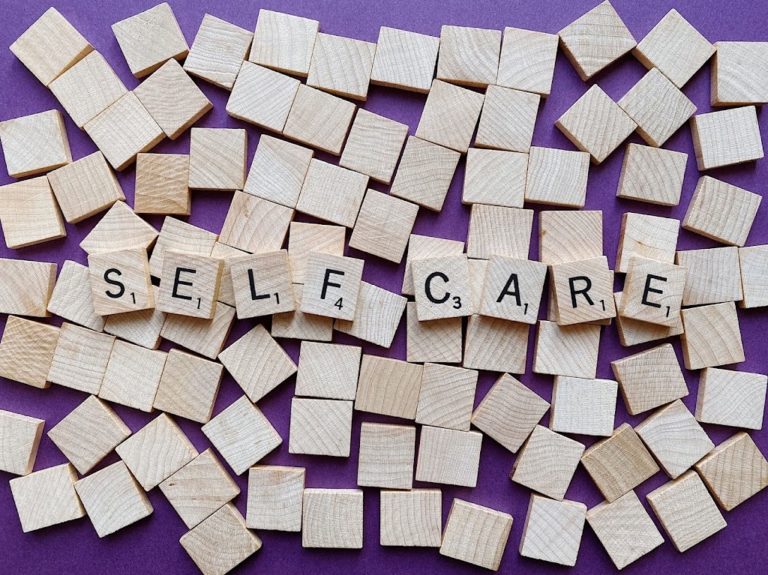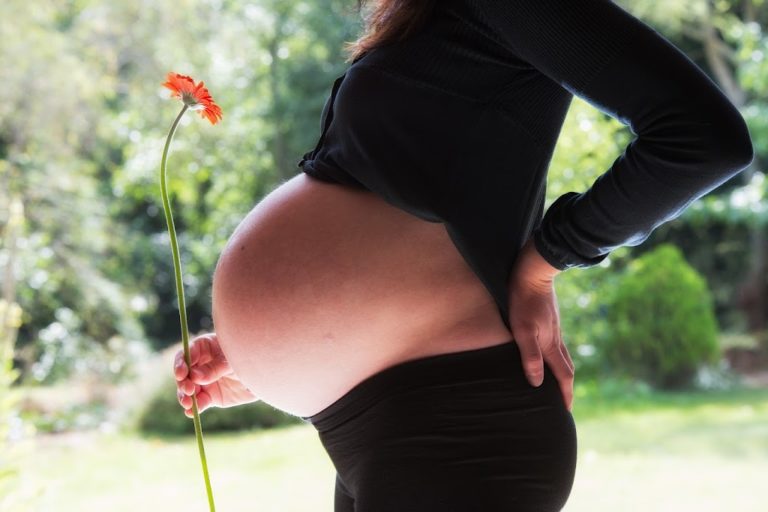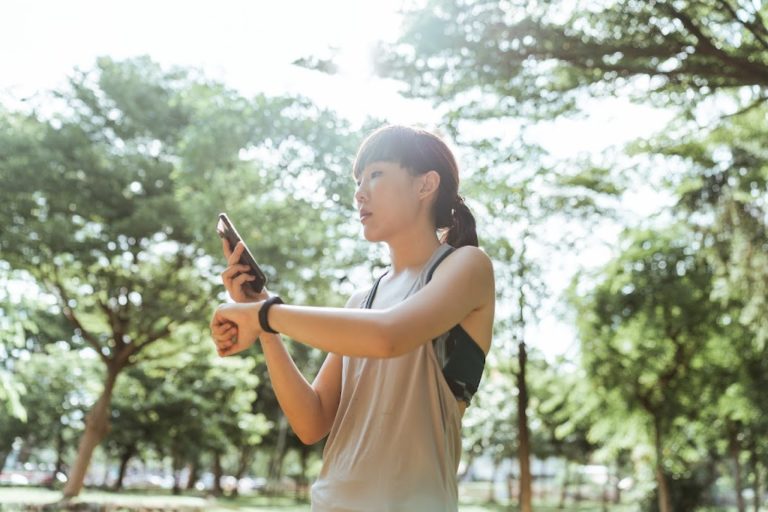Early detection of cancer leads to the best outcomes – especially in breast cancer. You can check your own breasts at home for lumps or abnormalities and call to your doctor’s attention concerns you may have so he or she can test further if need be. But do you know how to perform a home breast exam or how often to do it? Do you know what you’re looking for? Here’s what you need to know about home breast exams.
How to Perform a Home Breast Exam?
There are five steps which you should take to do your monthly self-breast exams at home.
1. Look at yourself in the mirror.
Keep your shoulders straight and arms at your hips. You want to check to make sure your breasts are the normal size and shape as usual with no visible deformities or swelling. If you see dimpling or puckering of the skin, a nipple which has changed position or is inverted, or a rash on the skin of your breasts, you want to make your doctor aware of these changes.
2. Now lift your arms over your head and look at your breasts in the mirror.
Look for the same things as in #1.3. Check to make sure there is no liquid coming out of your nipples (unless you’re nursing, of course).
Otherwise any liquid whether it be milky, clear, yellow, bloody, or watery – should be what you’re taking note of.
4. Now lay down and begin feeling your breasts.
Use your right hand to feel your left breast and your left hand to feel your right breast. Keeping the fingers flat and together, move the first few pads of your fingers over your breast in a smooth firm fashion. Go in a circular motion around about the size of a quarter. Get the entire breast from top to bottom and side to side. Move from your collar bone to your belly and your arm pit to your cleavage. Go in a pattern starting at your nipple and work your way out, making larger and larger circles. You could use a vertical method in rows like mowing the lawn, applying different amounts of pressure. Light pressure at the skin and tissue just underneath the breast, medium pressure for the tissue in the middle of the breast, and firmer pressure for the deep tissue at the back of the breast.
5. Now stand or sit up and feel your breasts.
A good place to do this is in the shower. Use the same technique as in step 4; be sure to cover your entire breast using the same movements. You are feeling for any abnormalities or bumps in the breast tissue which are new.You should perform these steps once a month, every month. It’s best done about a week after you have your menstrual period. This way your breasts are the least tender and swollen.
Remember, your breasts are always changing in small ways, but you want to be alerted to drastic changes that happen suddenly so you can contact your doctor. Don’t wait and tell yourself it’s nothing. Err on the side of caution and contact your doctor so they can determine what’s going on.
Remember, it’s your body and you know it best. If you find any new bumps or lumps, make sure your doctor hears about your concerns. Early detection is the best defence against breast cancer. So it’s important to know what you’re looking for.
Now go check your breasts!
SUBSCRIBE NOW!Enter your email address:
Related






